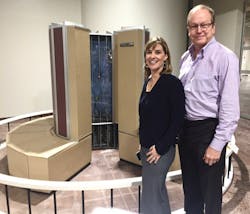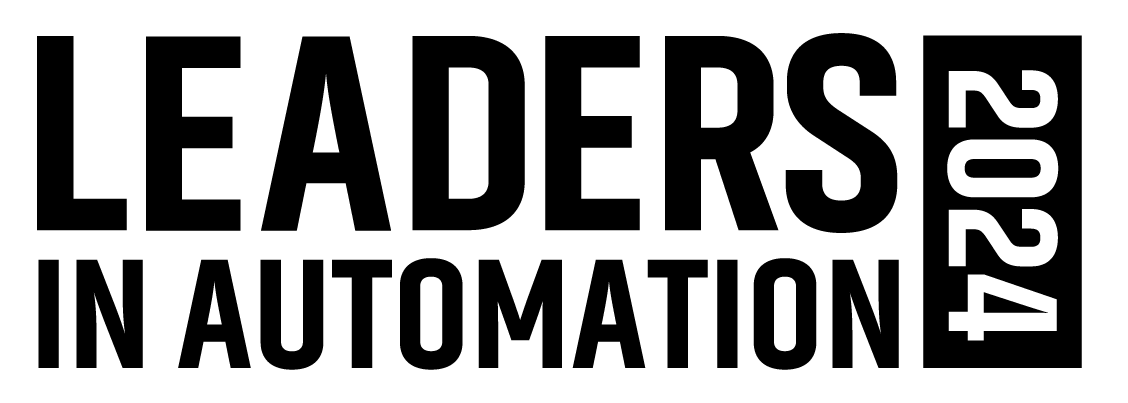This article originally appeared on Jan. 15, 2019.
For a technology that’s relatively new, there’s no shortage of museums devoted to computers and computing technology. In the U.S. alone there are more than 20 such museums. And in July of this year, a new one will be added to the list—the Computer Museum of America in Roswell, Georgia (a suburb of Atlanta).
Several factors position this museum to be different from other computing museums, most notably the founders' plans to connect the museum to education, workforce training, creative inspiration and events.
“We don’t want this to just be a display of computers,” says Karin Mimms, vice president of the Computer Museum of America. “We’re designing the museum in a way that it will give computing a meaning for visitors and have an impact on them by helping them understand how it relates to their lives. We’re designing this to be a place for people to come and learn and also be a place for great minds to innovate.”
The museum worked with the Savannah College of Art and Design to create the vision for the design of the museum which will flow along curved paths and walls to create a sense of connection and flow from one area to another.
A key aspect of the museum’s work to connect computer technology to people involves a great deal of research into the history and use of these computers. “The history of this technology has not been definitively written,” said Mimms. “We know more about the pyramids and how they were built than we do about some aspects of computer history. So many people were working on the same types of projects at the same time and that makes it difficult to determine who or what was first.”
The first phase
The computer technology housed by the museum is impressive. From IBM collators to the Xerox Alto (the inspiration behind Apple’s graphical user interface) and the Altair 8800 (for which Bill Gates and Paul Allen founded Microsoft via the development of a BASIC compiler) to classic video games, Lehigh Valley University research computers, the Bailey 1055s like those used by NASA and a room full of Cray supercomputers, the Computer Museum of America touches on a wide array of computer technology.
Phase 1 of the museum, set for a July 20, 2019 opening to coincide with the 50th anniversary of the moon landing, will feature three exhibit areas over some 44,000 square feet of space—making the Computer Museum of America the largest technology museum on the U.S. east coast. These exhibits will be devoted to Space, Supercomputing and a computing Timeline.
The Timeline exhibit will depict the living history of computing. "Important dates in the history computing will be put into context so that visitors can better understand what was happening in the world at the time that coincided with historical moments in computer history,” says Mimms. Beyond the computer technology on display here, this exhibit will also feature original artwork by Robert Tinney, which was used to create the covers of the iconic Byte magazine. The magazine will also have its own feature display in the Timeline area of the museum.
In addition to the Bailey 1055 computers, the Space exhibit will house additional Apollo era computers and feature scale models of rockets, the lunar landing module and other NASA-related memorabilia. There will also be augmented and virtual reality exhibits to immerse visitors in the era and its technology.
For all the obvious appeal of the historic consumer and NASA-related technologies on display in the Timeline and Space exhibits, hardcore computing fans will likely be most taken with the museum’s Supercomputing exhibit.
Here, visitors will see everything from Dr. Timothy Tso’s rat lab computing setup from Lehigh Valley University to IBM collators and punch card computers to a number of Cray supercomputers—many of which look more like art deco structures than computers (see images). The museum even has a heat exchanger unit used to cool the Cray supercomputers on display.
To create a relevant experience for visitors in the Supercomputing exhibit, the museum plans to highlight the impact these computers have had on our everyday lives— from the daily weather predictions we rely on to wartime code breaking projects, tracking and predicting terrorist actions, and even the lifelike animations created by Pixar. This exhibit also features Seymour Cray’s “flu” computer. The story behind this computer is that it was designed by Cray when he was sick with the flu and is believed to be the first “desktop” computer.
Some of the Cray supercomputers on display will be open so that visitors can see the internal guts of the computers. Cray supercomputers typically contain 50 miles of wiring with no segment being more than four feet in length due to signal transmission requirements.
Current and future plans
Todd Peneguy, chief advocacy officer for the museum, says that at any given time only about 1 percent of the museum’s holdings will be on display, allowing the museum to create ever-changing and rotating displays, giving attendees a reason to return regularly. The president of the museum, Lonnie Mimms, continues to work with other organizations and individuals to expand the museum’s collection and drive further donations.
Speaking of technology donations, the museum is interested in adding industrial computing technology and robotics, in particular, to its display. Any Automation World readers who have technology they’d like to donate, please reach out the museum directly at computermuseumofamerica.org/contact.
As mentioned earlier, the Computer Museum of America plans to be more than a computer technology exhibit. In the near-term, Mimms (who owns the land and buildings on the site—encompassing some 500,000 square feet of space) will be devoting space for computing research as well as education and training. Peneguy says these classes will include coding instruction for students and training/retraining programs for adults.
In Phase II, the museum will expand to roughly 110,000 square feet, making it one of the largest technology museums in the world. In addition, with 40 acres of land on which to build, they have plans to expand the site into an entertainment destination with the museum at the center. Peneguy notes that Atlanta is widely recognized as a leader in music (from rap and R&B to country, rock and metal), film (numerous Hollywood films regularly shoot here along with popular series such as “The Walking Dead” and “Stranger Things”), sports (hosting the Olympics and Super Bowls) and online gaming (Atlanta is considered a top 10 e-sports location).
“But what landmark is Atlanta known for?” asks Peneguy.
This is a question that’s difficult to answer today, but one that the Computer Museum of America hopes to provide an answer for with its broad-based vision.
Leaders relevant to this article:


